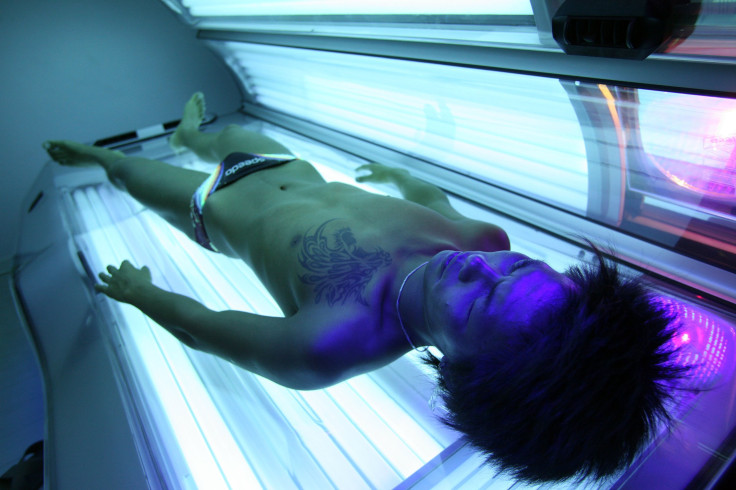Tanning Beds Health Risk: Skin Cancer Caused By Practice Cost U.S. $343 Million Annually, Study Says

Tans might make you look good, but skin cancer caused by tanning beds cost the U.S. $343 million a year, a recent study published in the Journal of Cancer Policy said.
Skin cancer is the most commonly diagnosed cancer in America. Over the past 30 years, more individuals have had skin cancer than all other cancers combined, with one person dying of melanoma every hour, according to the Skin Cancer Foundation.
According to the study, in 2015 there were nearly 9,000 cases of melanoma, which is the most serious type of skin cancer. There were more than 86,600 cases of squamous cell carcinomas and 168,000 cases of basal cell carcinomas, which are both types of skin cancers, researchers found. The three types of skin cancer cases were attributed to exposure to tanning devices in the U.S., the study said. Moreover, the cases will lead to a total economic loss of $127.3 billion over the lifetime of those affected, researchers said.
“The use of tanning devices is a significant contributor to illness and premature mortality in the U.S., and also represents a major economic burden in terms of the costs of medical care and lost productivity,” researchers stated in the study.
The numbers in the study are estimates, researchers pointed out. The figures also don’t include costs of other health issues linked to tanning beds, like burns.
Are Tanning Devices Bad?
Indoor tanning has been associated with skin cancer in the past.
"There is clear evidence that the use of tanning devices is a significant health risk,” the recent study said. Tanning booths emit UV-A rays, which are linked to cellular damage, including DNA mutations, impaired immune surveillance, damaged cell integrity, and skin cancer. The tanning devices can also emit UV-B radiation, which causes tanning, burning and contributes to skin cancer, the study said.
Who Uses Indoor Tanners?
Approximately 30 million people in the U.S. and Canada use indoor tanners, a 2010 study in the New England Journal of Medicine found. However, young females are the ones who mostly use tanners, with an estimated 24 percent of them being teens, the recent study said.
A Centers for Disease Control and Prevention 2011 study found 13 percent of students in grades 9 to 12 had used an indoor tanning device at least one time the year before the survey was conducted, with females having a higher rate than males.
The Affordable Care Act tried to decrease the use of tanning beds by including a 10 percent tax on indoor tanning services. After the tax was implemented in 2010, a 2012 study found 26 percent of tanning salons reported fewer customers, however most reported no difference.
The full study, The Health and Economic Implications of the Use of Tanning Devices, can be found here.
© Copyright IBTimes 2024. All rights reserved.





















